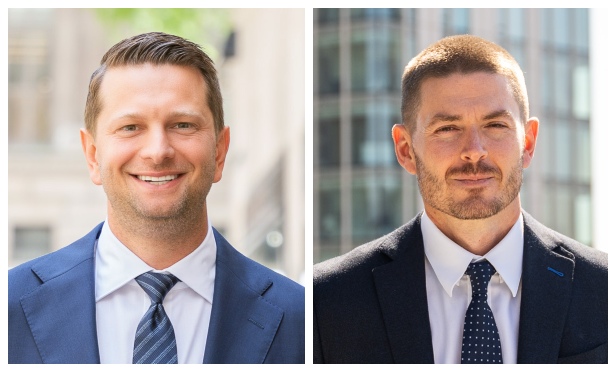Millennials and baby boomers are constantly adding to multifamily demand. Every month, there are 300,000 millennials turning 22 and another 300,000 turning 23. Plus, 10,000 baby boomers turn 65 every day. These growing demographics ensure that there is plenty of demand to sustain a healthy and profitable multifamily market far into the future, and it is continuing to fuel multifamily investment nationally.
“That demand will continue to make the multifamily market a profitable business,” Ella Shaw Neyland, President of Steadfast Apartment REIT III, tells GlobeSt.com. “There is a consistency in the demand for apartments. The way that people are living has changed so dramatically. It has created a real estate sector that has a predictable performance. As long as you have this many people looking for apartments, you will continue to keep occupancies high and the sustainability if the financial success of those apartments doing quite well for the long term.”
While the demand for apartments is only growing, some markets are seeing slowing rent growth—like in Los Angeles—and flat occupancy levels. Some of this is a supply issue, because there has been a burst of development activity in urban markets. The safest investment bet is to focus on the characteristics in an apartment complex that millennials want and the amenities that compliment their lifestyle.
“Millennials are looking for different things as a renter,” Shaw Neyland explains. “They want to live outside of their apartment. Apartment owners on the luxury end are saying that they are scaling back on amenities because residents are going to their own gym, for example, or for fun and activity. I think that owners need to get away from the physical aspects of the property and think more about how people are going to be living in units. You have to look at how the world is changing.”
This change in lifestyle has boosted activity in urban-adjacent markets, or markets that are outside of the urban core but that aren't quite in the suburb. Some are referring to these new areas as the urban suburban. “I think that is a very valid term. It isn't the rooftop suburbia that people are used to, where it takes forever to get to a grocery store,” says Shaw Neyland. “It is closer to Downtown without the cost of Downtown. Businesses are picking up on that, retail is picking up on that and housing is picking up on that. It is really the best of both worlds.”
Want to continue reading?
Become a Free ALM Digital Reader.
Once you are an ALM Digital Member, you’ll receive:
- Breaking commercial real estate news and analysis, on-site and via our newsletters and custom alerts
- Educational webcasts, white papers, and ebooks from industry thought leaders
- Critical coverage of the property casualty insurance and financial advisory markets on our other ALM sites, PropertyCasualty360 and ThinkAdvisor
Already have an account? Sign In Now
*May exclude premium content© 2024 ALM Global, LLC, All Rights Reserved. Request academic re-use from www.copyright.com. All other uses, submit a request to [email protected]. For more information visit Asset & Logo Licensing.









